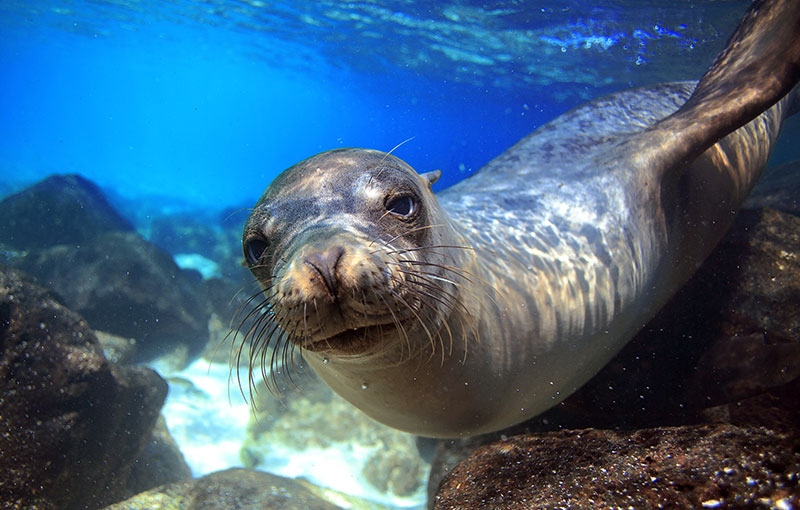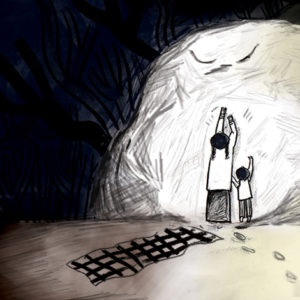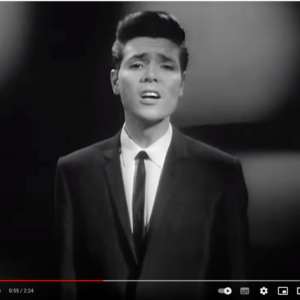There is no parasailing or jet skiing in Galapagos nor are there budget accommodations. There are plenty of nonchalant wildlife and sober guides scold you when you are less than six feet from a sea lion or tortoise. While the sun shines, it hides behind low lying clouds and there is a broody, misty air.
The low season and cheapest time to go is September and October, the water is cooler but you don’t go to Galapagos to swim anyway, the sea is calmer, the better to travel by boat. The best way to go is on a cruise where you island hop by night and explore by day. (I did not know this, I flew to Quito and flew to Baltra, then bus to Puerta Ayora in Santa Cruz and boat to Isabella; then reversed the journey, phew!). Galapagos is made up of six main islands and fourteen smaller islands; Baltra is the uninhabited airport island, Santa Cruz houses the Charles Darwin Research Station, Isabella offers giant tortoises, sea lions and blue footed boobies. Frigate birds with their red puffed chests are found on San Cristobal, while Pinta was the home of Lonesome George.
Galapagos is on the equator so the weather is mild all year, the one item of clothing that seems to have been made especially for Galapagos is the thin rain jacket. (The islands get only three inches of rain a year, you don’t need a raincoat.) The thin rain jacket is ideal for the equatorial mist that shrouds the islands in the mornings and evenings at sea-level and throughout the day on higher ground.
The incredible charm of Galapagos is that wildlife here treat humans as two legged animals who do not shoot or chase them. Sea lions take over park benches or loll on sidewalks, three feet diameter sea turtles swim next to you, penguins chase fish under your nose at the jetty and marine iguanas take the sun on jetty steps. Anyone who is even remotely interested in wildlife would love the islands, not to mention the great food and the excellent company of fellow boomers; plenty of us here in Galapagos.




